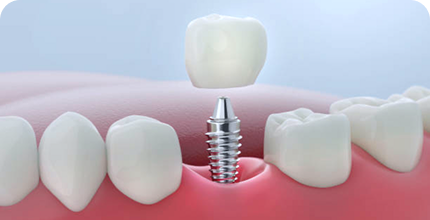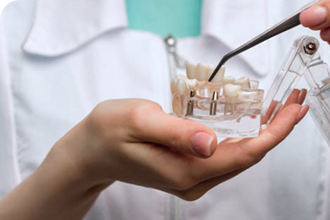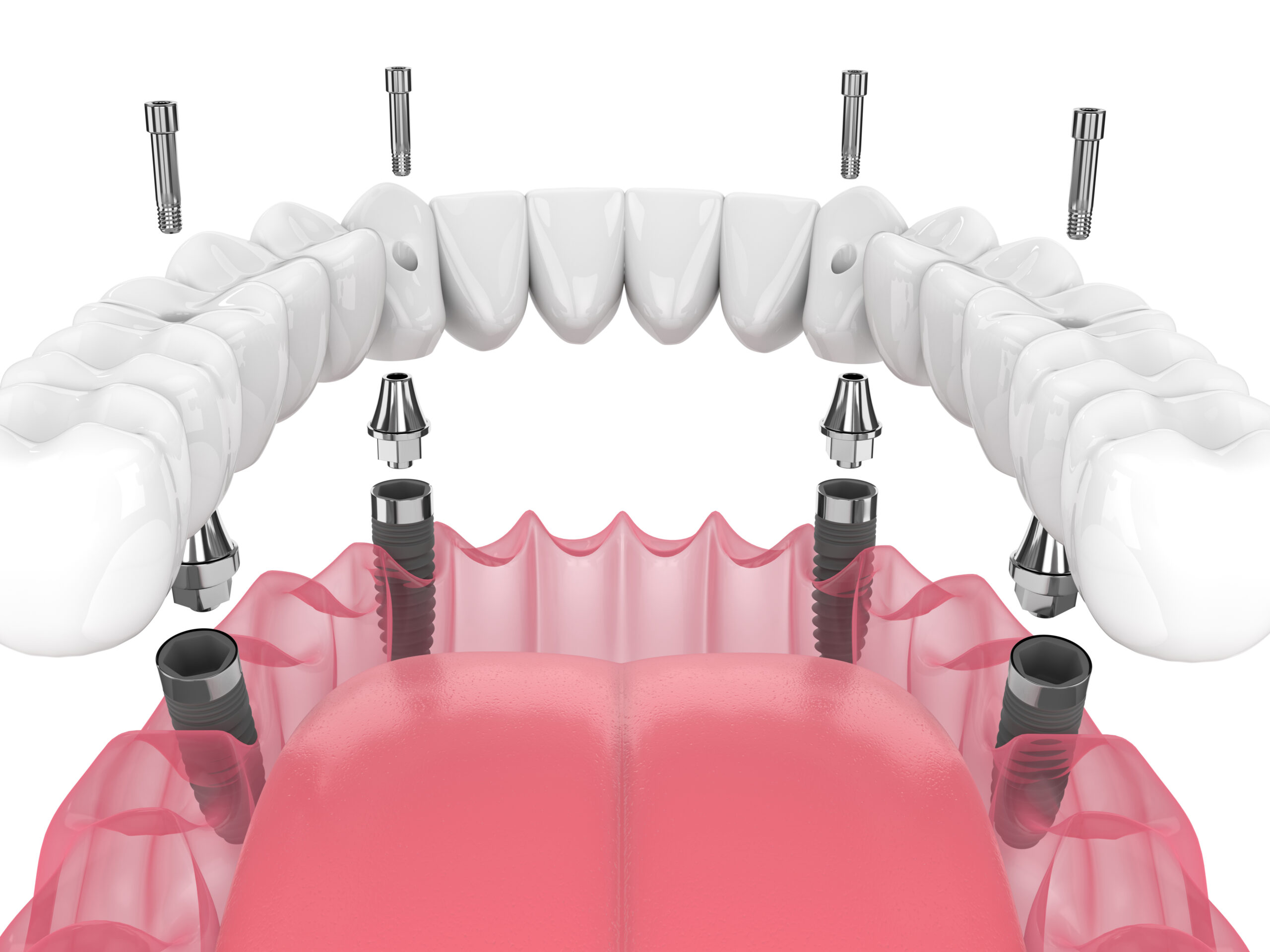Dental implants are among the high-tech solutions in modern dentistry, developed to replace missing teeth. The implantation provides a long-term stable and natural feel and can significantly improve the quality of life for those seeking a complete and lasting solution for tooth loss.
What fixed dental prosthetic options are available and which one is worth choosing? What can we expect during the implantation procedure?
Table of contents
Get in touch!
If you have any further questions, please contact us:
Information about the implantation process
Dental implantation is a modern, durable solution procedure for replacing missing teeth, which consists of several steps and requires careful planning for a successful outcome. Below, we present in detail the process of implantation, starting from the consultation all the way to the final attachment of the dental prosthesis.
Find out what to expect and how each step contributes to a long-term, aesthetic, and stable result!
Consultation
Implant placement
Healing Period
Inserting the gum shaping screw
Preparation of dental prosthesis
Placement and fixation of the dental prosthesis
Dental implants – How to choose?
When choosing a dental implant, several factors must be taken into account.
● Bone quality: One of the most important factors is the quality and quantity of the bone. In cases of thinner or smaller bone structures, a special, narrower implant may be necessary.
● Functionality and aesthetic considerations: Additionally, the material of the implant, its durability, and aesthetic requirements are important factors, as the implant is designed for the long term, thus it must fit properly in the oral cavity from both a functional and aesthetic perspective.
Additional factors
- Lifestyle and health status: Certain chronic diseases or smoking can affect the success of implant integration. The dentist must be aware of this information to make the best decision.
- Financial options: The price of implants can vary widely depending on the type and material chosen. It is worth considering dental implants as a long-term investment, as their stability and durability generally last for decades.
The selection of a dental implant requires careful consideration, as numerous factors must be weighed to ensure that the result is the best possible both functionally and aesthetically. It is important for the patient to discuss in detail with their dentist, who will help make a decision that aligns with individual needs and possibilities. A well-chosen implant not only provides an aesthetically pleasing and stable solution in the long term but also significantly improves quality of life: comfortable chewing, a natural smile, and self-confidence are no longer in question!







